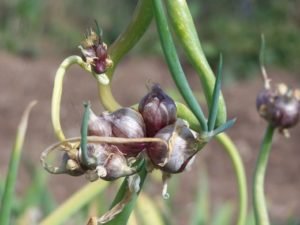 Bunching Egyptian Onions continually produce new onions. Small bulbils form at the top of its stalk in late summer. Use these tiny onions as they are, or plant them to grow more Egyptian onions. Zones 4-8.forever onions
Bunching Egyptian Onions continually produce new onions. Small bulbils form at the top of its stalk in late summer. Use these tiny onions as they are, or plant them to grow more Egyptian onions. Zones 4-8.forever onions
 Daylilies thrive on neglect. They are grown as a vegetable in Asia, and harvested for their daily profusion of flower buds, which are used like green beans. The flowers themselves are served in salads or battered and fried. Zones 2-10.
Daylilies thrive on neglect. They are grown as a vegetable in Asia, and harvested for their daily profusion of flower buds, which are used like green beans. The flowers themselves are served in salads or battered and fried. Zones 2-10.

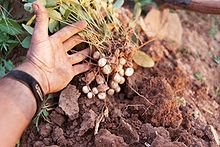 Groundnut is a nitrogen-fixing, 6-foot vine that bears high-protein tubers that taste like nutty-flavored potatoes. Grow groundnut vines near a shrub (as support) in a moist site that receives full sun or partial shade. Harvest in fall. Hardy to Zone 3.
Groundnut is a nitrogen-fixing, 6-foot vine that bears high-protein tubers that taste like nutty-flavored potatoes. Grow groundnut vines near a shrub (as support) in a moist site that receives full sun or partial shade. Harvest in fall. Hardy to Zone 3.
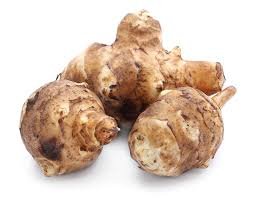
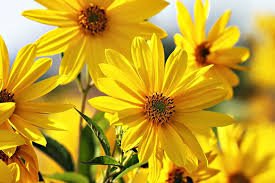
Jerusalem Artichokes or sunchokes are grown for their underground tubers. You can eat them raw or cooked. Their yellow flowers attract beneficial insects. They spread by underground rhizomes and may become difficult to eradicate. Some gardeners consider them invasive. Zones 4-9.
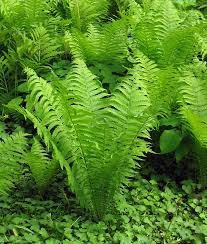 Ostrich Fern is easy to grow, and deer tend to leave it alone. It grows best in rich soil with adequate moisture; ostrich fern grows and spreads by underground runners. Not all fiddlehead ferns are edible. Look for a U-shaped groove on the inside of the stem and a thin, brown, papery coating to identify the edible sort. They love cool, shady spots and are very hardy from Zones 2-8.
Ostrich Fern is easy to grow, and deer tend to leave it alone. It grows best in rich soil with adequate moisture; ostrich fern grows and spreads by underground runners. Not all fiddlehead ferns are edible. Look for a U-shaped groove on the inside of the stem and a thin, brown, papery coating to identify the edible sort. They love cool, shady spots and are very hardy from Zones 2-8.
Ramps or Wild Leeks are an onion relative that grows wild east of the Mississippi. They are a delicacy that many people forage from the wild. Leaves and bulbs are both edible. Grow in a shady border in moist loam, or naturalize beneath trees. Hardy to Zone 4.
Scarlet Runner Beans are usually grown as ornamentals but they are edible and nutritious as green beans or dried beans. The flowers, young leaves and tubers are edible when cooked.Sea Kale is sometimes grown as an ornamental for its gray-blue leaves and white flowers on 3-foot-tall plants. The shoots, young leaves and flowers are edible. Hardy to Zone 4.
Sorrel is a perennial herb with tart, lemon-flavored leaves used for soups, stews, salads, and sauces. The two sorrels grown are common sorrel and French sorrel,. They are relatives of rhubarb, and the leaves contain small amounts of oxalic acid. Sorrel tastes best in early spring; it becomes bitter as weather warms. It’s a delicacy hard to find because it wilts after harvest. French sorrel is hardy to Zone 6.
